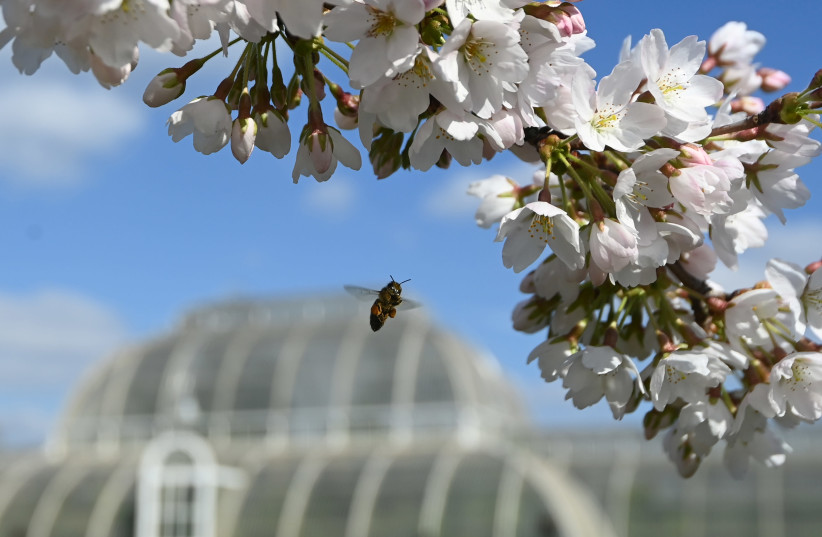If you’ve experienced extended seasonal allergies lately, you’re not alone. The pollen season in North America is starting earlier and lasting longer than it did four decades ago, a study led by the University of Utah School of Biological Sciences has found.
The findings, which were published in the Proceedings of the National Academy of Sciences (PNAS), show that pollen season starts 20 days earlier, is 10 days longer, and features 21% more pollen than in 1990. Climate change is responsible for nearly half of these changes, the study says.
“The strong link between warmer weather and pollen seasons provides a crystal clear example of how climate change is already affecting people's health across the US,” said lead researcher William Anderegg.
Airborne pollen allergies can cause more than just sneezing and a runny nose for many each spring. Allergies are tied to respiratory health, with a connection to viral infections. More pollen, hanging around for a longer season, makes it even more miserable for those with allergies.
Researchers gathered measurements between 1990 and 2018 from 60 pollen count stations across the US and Canada, maintained by the National Allergy Bureau.

Although previous studies found that increases in temperature and atmospheric carbon dioxide – hallmarks of human-caused climate change – can lead to greater pollen production in greenhouse experiments, this study is the first in which scientists looked at pollen trends on a continental scale or calculated the likely contribution of climate change.
“A number of smaller-scale studies – usually in greenhouse settings on small plants – had indicated strong links between temperature and pollen,” Anderegg said. “This study reveals that connection at continental scales and explicitly links pollen trends to human-caused climate change.”
The team found that the largest pollen increases were in Texas and the Midwestern US, and more among tree pollen than among other plants.
The researchers also explored how climate change is directly causing the pollen increase by applying statistical methods to the pollen trends in conjunction with nearly two dozen climate models.
The results showed that climate change could account for roughly half of the pollen season lengthening and around 8% of the pollen amount increasing.
By splitting the study years into two periods, 1990-2003 and 2003-2018, the researchers found that the contribution of climate change to increasing pollen amounts is accelerating.
Anderegg noted that climate change is not something far away into the future – it’s already here every spring.
“The biggest question,” he said, “is are we up to the challenge of tackling it?”
